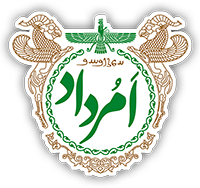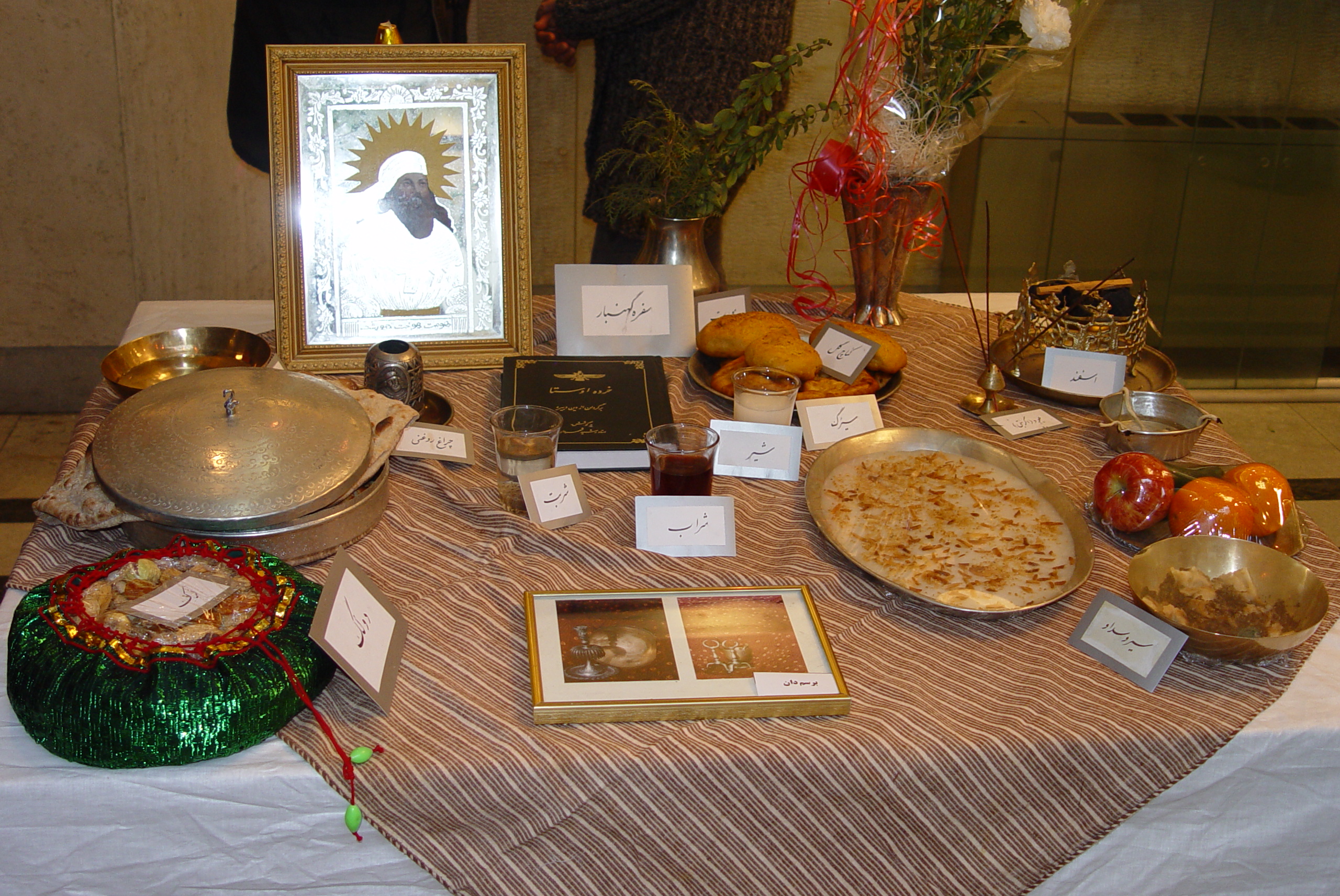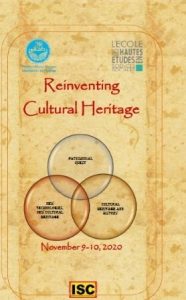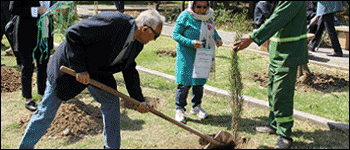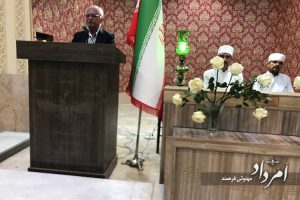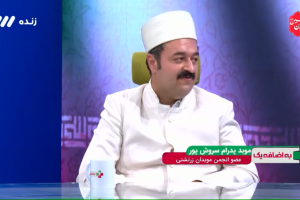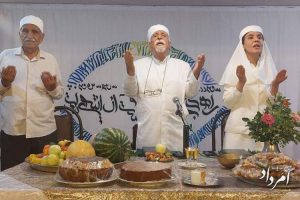First chapter:
Zoroastrian Cultural Heritage in exhibitions and museums of Anthropology
An article entitled “Reconstruction of Zoroastrian Cultural Heritage in Anthropological Exhibitions and Museums, the efforts of the Zoroastrians of Iran to reconstruct and transfer their traditional identity to new generations” was reviewed. Here we try to rewrite and summarize that article in a different way for everyone. It is worth mentioning that the date of photos and information is 1398, which will be updated in case of any change.
Introduction: UNESCO considers museums to be more than “places where objects are exhibited or kept. Especially with the cultural tourism growth in recent decades, the number of museums in the world has increased from 22,000 in 1975 to 95,000 today.” Though this quote from UNESCO website uses the words “today” and “recent decades”, and does not mention the precise dates, the main point in connecting the value of museums and their increasing attention is a good start for this preface.
In this regard Iran is one of the countries that is very attractive to tourists. The main reason for this attraction is the cultural/religious diversity as well as the existence of numerous buildings and monuments related to different historical periods in Iran. On the other hand, the registration of valuable national historical monuments in UNESCO contributes to the world recognition of these sites and monuments. The registration of Iranian monuments (though not being in an ideal manner) has dramatically increased in recent decades; So that out of 22 sites that have been registered as “World Cultural Heritage” by UNESCO from 1979 to 2018 (1358-1397 solar), from 2003 to 2018 (solar 1382-1387) 19 sites have been registered.
Among the cities of Iran, each of which has its characteristics and attractions, Yazd and Kerman have a special place in terms of national and international reputation. As a brief explanation about these two cities, we should start with Yazd because, in 2017 (1396 solar), it was registered in the list of “World Cultural Heritage Cities”. The UNESCO website mentions Yazd for its unique desert architecture, traditional handicrafts, and a place where Moslems, Jews, and Zoroastrians live together.
Kerman is also active in this competition, and is currently on the UNESCO “experimental list” with an emphasis on the “historical-cultural” structure and hopes to pass the registration process well. The UNESCO website mentions Kerman Bazaar, Ganjali Khan Complex, the Castle of Ardeshir, and the Castle of Dokhtar, which are located inside the city. Of course, this is not the main subject of this article, but because UNESCO website was quoted to describe Yazd, it is most appropriate here, to suggest to those who have arranged the wordings for the identity registration of Kerman to include one of the main features of this city, namely, “religious/cultural diversity” of Kerman (maybe even more outstanding than Yazd). (This part of the text is the personal observation and experience of the author of this memorandum. Besides being from Yazd, he had the chance of living in Kerman for a few years).
This brief introduction about Yazd and Kerman takes us to places that will be introduced in the “Zoroastrian Museums” section. In that section, the two museums of Kerman and Yazd will be discussed very briefly. Then, we will review collections which could be called “exhibition”. In the exhibitions section, we will also visit exhibitions in other cities, such as Tehran, Isfahan and Shiraz, in addition to Yazd and Kerman. After these sections, we will have a short discussion about the content of these collection including: 1- religious content, 2- celebrations and customs, and 3- history”.
The second part of the article talks about the Kerman Museum; Read this article on Amrdad website.
Read full text of this article in the 7th page (Zoroaster) 4th edition (of Amordad weekly)
1- UNESCO, museums: https://en.unesco.org/themes/museums
2- UNESCO, Iran: https://whc.unesco.org/en/statesparties/IR
3- UNESCO, The historical city of Yazd: https://whc.unesco.org/en/list/1544/
4- UNESC, Historical-cultural structure of Kerman: https://whc.unesco.org/en/tentativelists/5271/
*Bahman Moradian, Bundahish Research Center: Iranian Languages, Zoroastrian Studies
